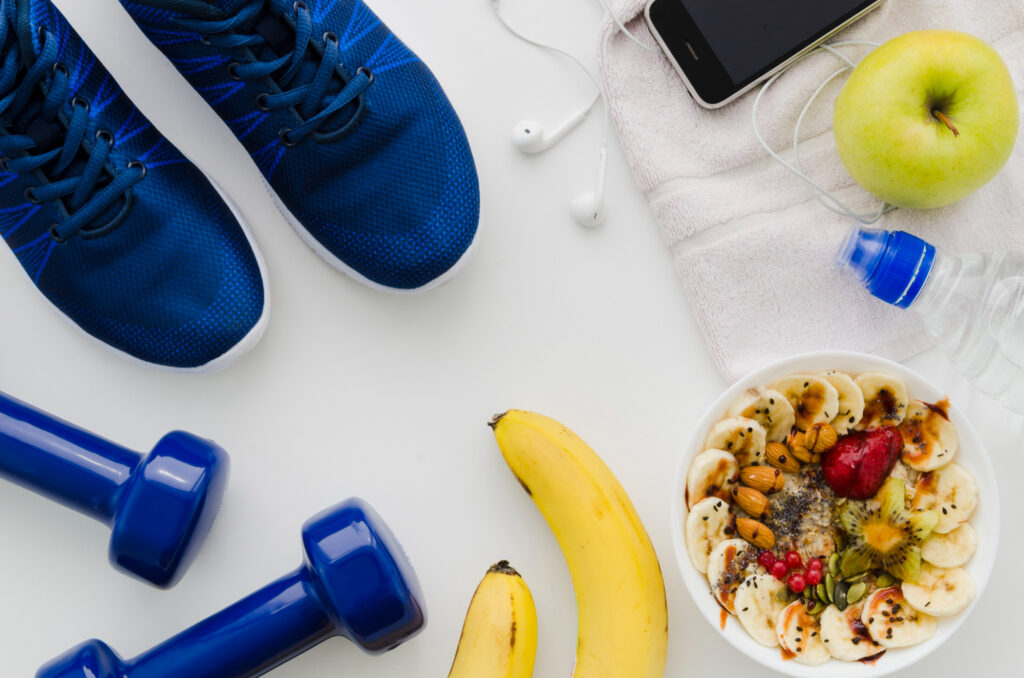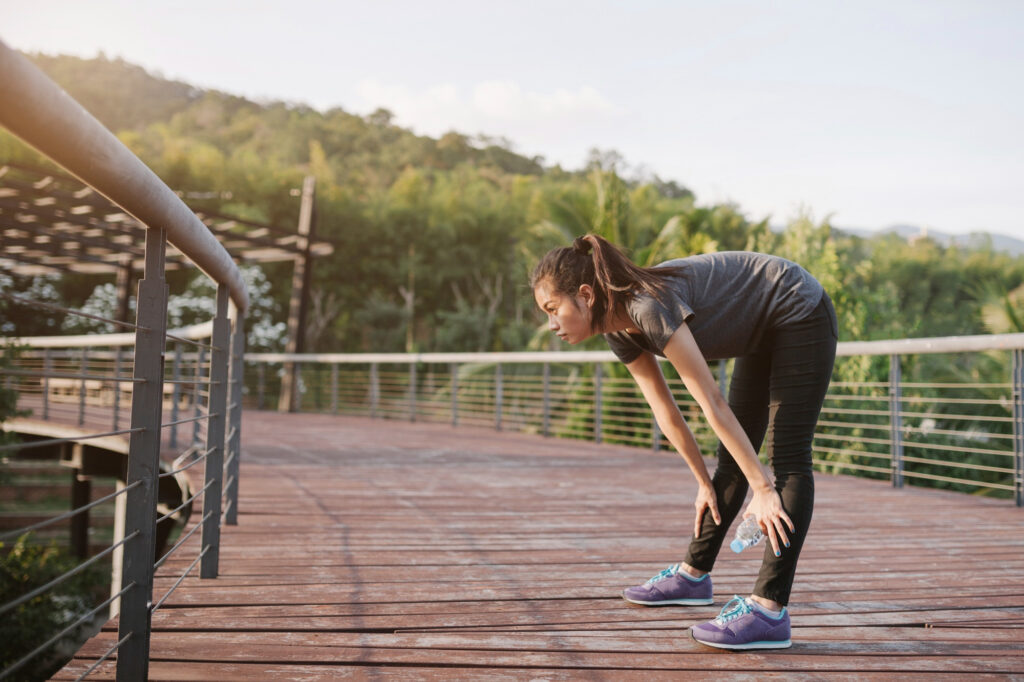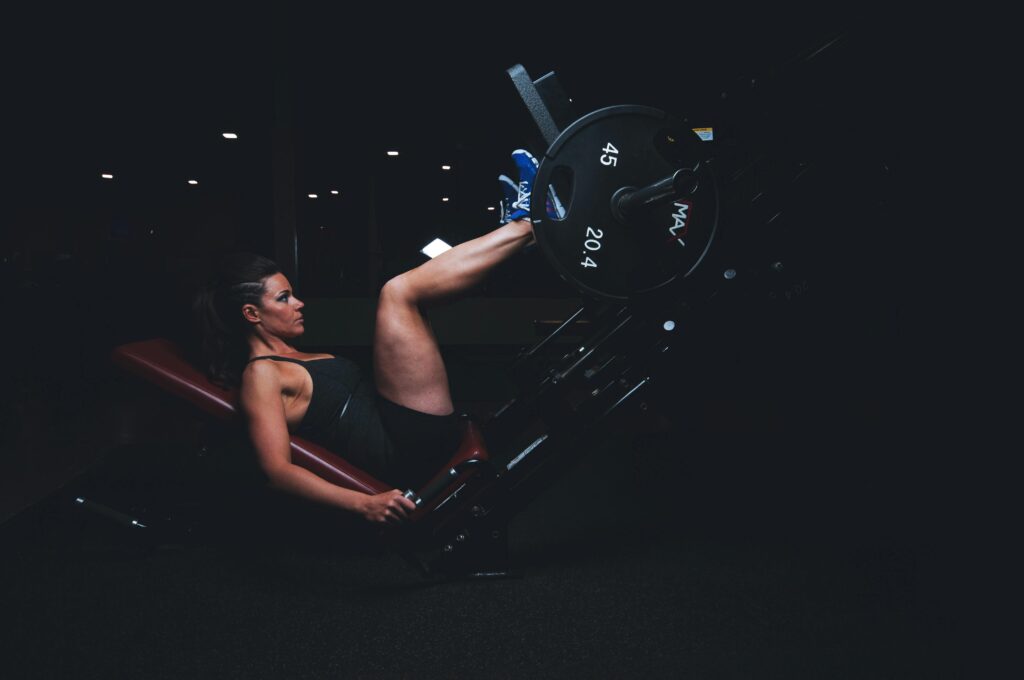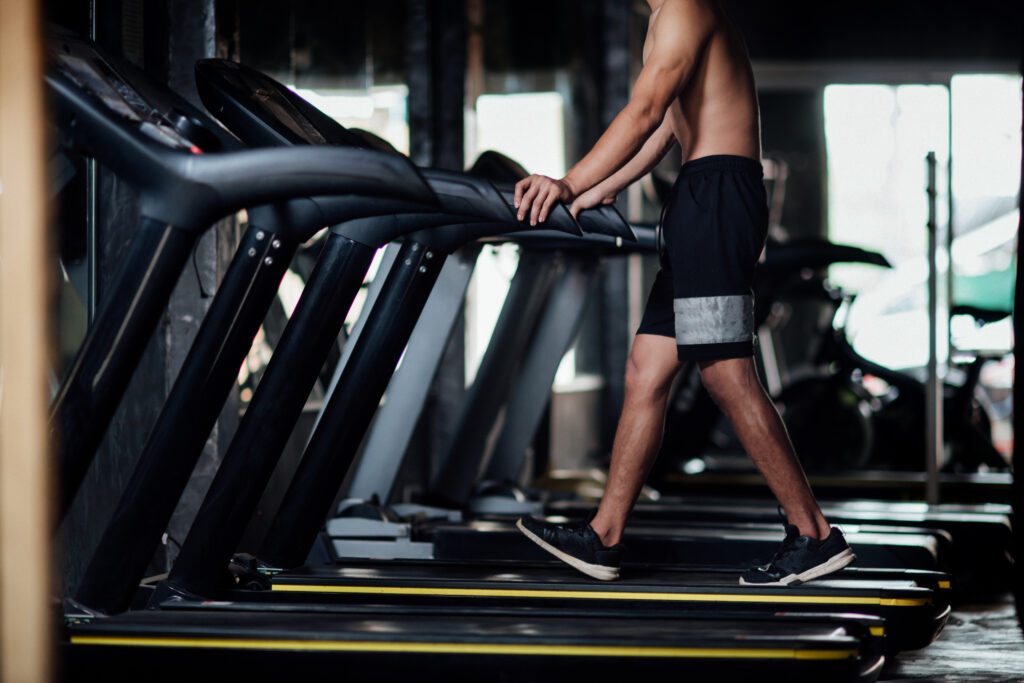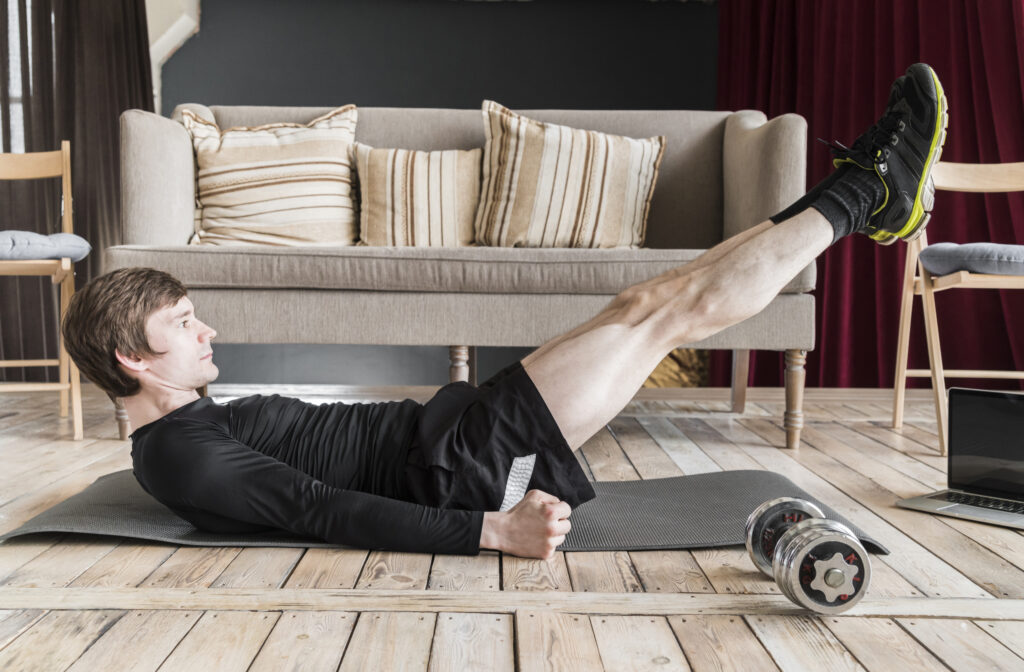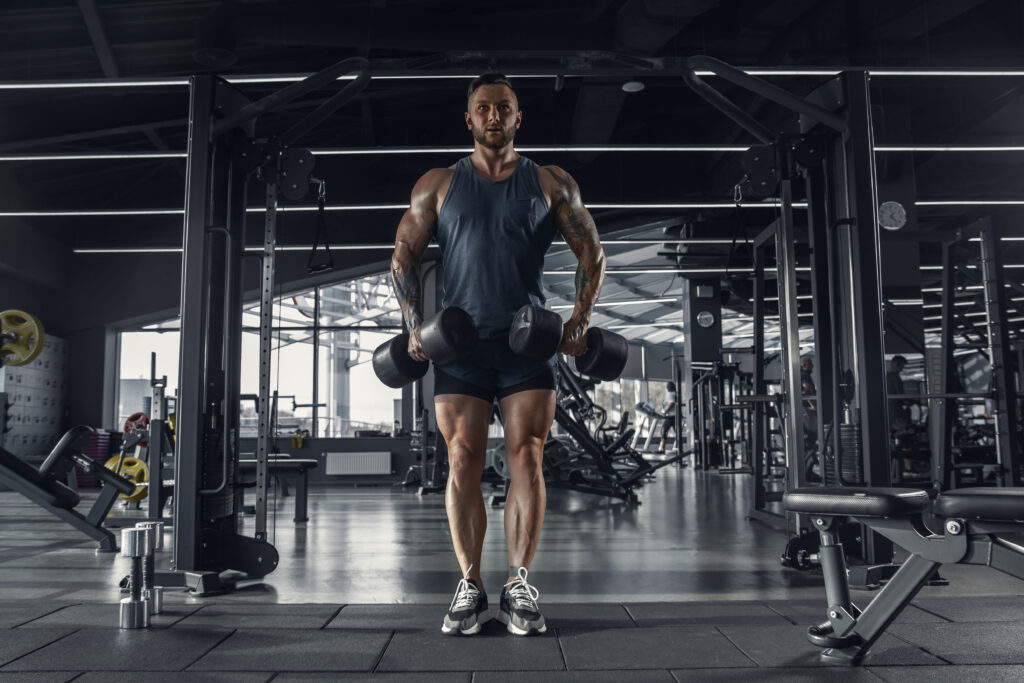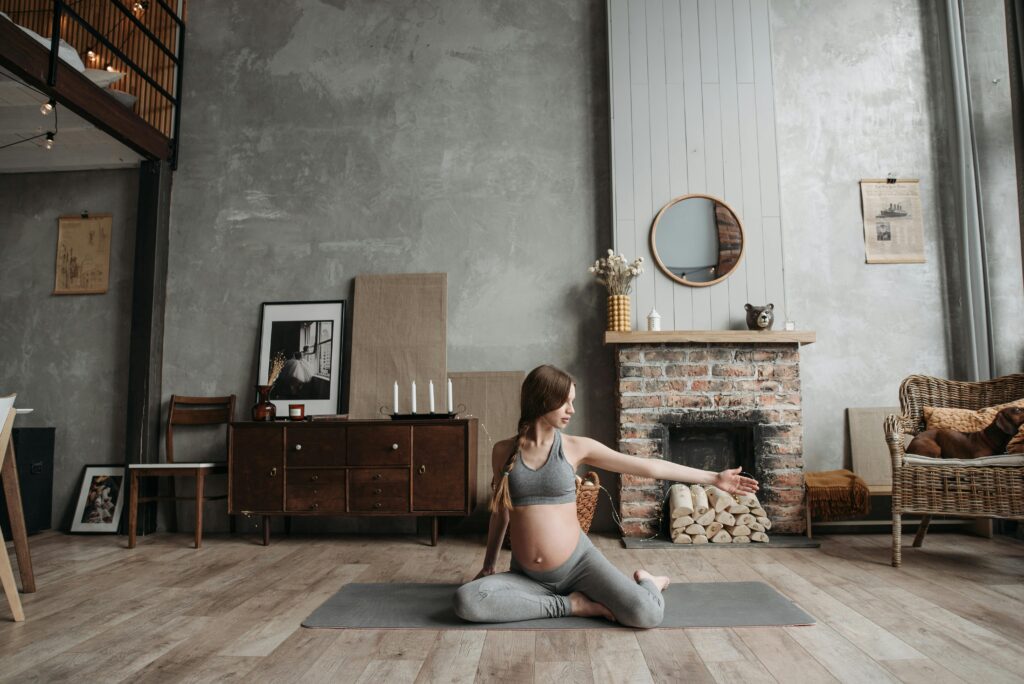Optimal Home Weight Training Without the Need for a Gym Now

Training with weights at home is a convenient and effective way to stay fit without a gym membership. To exercise with weights at home effectively, without the need for a gym, you can focus on fundamental training patterns such as squatting, hinging, pushing, and pulling. Here are some methods to incorporate weight training into your home workout routine:
A. Bodyweight Exercises
Bodyweight workouts are a fantastic way to exercise at home, as they don’t require any equipment and can be tailored to suit any fitness level. Here’s a simple yet effective bodyweight routine that you can do in the comfort of your home:
- 20-Minute Full-Body Circuit:
- 15-30 Second Knee Planks.
- 10 Bodyweight Good Mornings.
- 20 Walking Jacks.
- Exercises for Each Muscle Group:
- Lower-Body. Assisted Squats, Lunges, Calf Raises.
- Upper-Body Push. Knee Push-ups, Elevated Push-ups.
- Upper-Body Pull. Inverted Rows.
- Core. Planks, Mountain Climbers.
- 12 Bodyweight Exercises:
- Air Squats.
- Push-Ups.
- Bulgarian Split Squats.
- Bird Dog.
- Mountain Climbers.
- Pistol Squat.
- Plank Up-Downs.
Remember to warm up before starting the workout and cool down afterward. For beginners, it’s important to focus on form and consistency. As you progress, you can increase the intensity by adding more reps, decreasing rest periods, or trying more challenging variations of the exercises. Stay hydrated and listen to your body to avoid any injuries.
B.Reverse Lunge
Creating improvised weights for your home workouts is a clever and cost-effective way to keep up with your fitness routine. Here are some DIY ideas for making your weights:
- Dumbbells:
- Fill water bottles or milk jugs with sand, gravel, or water to create hand weights.
- Use canned food or laundry detergent bottles for smaller weights.
- Sandbags:
- Fill sturdy bags with sand, pea gravel, or rubber mulch and secure them with duct tape.
- Use these for weighted squats, lunges, or presses.
- Barbells:
- Place filled water jugs or other heavy containers on either end of a sturdy pole or rod.
- Adjust the weight by changing the contents or the amount of fillers.
- Kettlebells:
- Use a gallon jug filled with water, sand, or rocks, ensuring it has a handle for grip.
- Perform exercises like kettlebell swings, goblet squats, or single-arm rows.
- Ankle Weights:
- Fill socks with sand or dried beans and tie them around your ankles for added resistance during leg exercises.
Remember to ensure that all improvised weights are securely sealed to prevent spills and accidents. Also, start with lighter weights to get used to the balance and feel before moving on to heavier options. Happy lifting.

C. Resistance Bands
Resistance bands are versatile and effective tools for strength training, flexibility, and rehabilitation. They come in various styles, each serving a specific purpose. Let’s explore the different types of resistance bands and some top recommendations:
1. Loop Bands:
Loop bands are either elastic or fabric bands that can be looped around your ankles or thighs. They add resistance to lower-body workouts such as banded squats, lateral band walks, and fire hydrants.
Recommendations:
- Bala Bands. These loop bands are great for overall use and come in stylish colors.
- GYMB Non-Slip Resistance Bands. Affordable and non-slip, these bands provide excellent grip during workouts.
- Insonder Resistance Bands Set. A budget-friendly option with multiple resistance levels.
2. Tube Bands:
Tube bands are longer resistance bands that don’t loop. You can attach handles or other accessories to either end and use them for upper-body exercises like rows and bicep curls. Some sets include a door anchor for versatility.
Recommendation: GoFit Extreme Pro Gym Set. This set includes tube bands with varying resistance levels and additional accessories for a full body workout.
3. Power/Assist Bands:
Sturdier and thicker loop bands are often used for assisted pull-ups. They can also add resistance to exercises like bicep curls or glute kickbacks.
Recommendation: BC Strength Glute Loop Package. Designed specifically for glute activation and strengthening, this package offers high-quality bands.
4. Resistance Straps:
Typically used for stretching or enhancing yoga poses. These bands provide light resistance.
Recommendation: HealthFirst Short Resistance Band. A premium latex loop band suitable for stretching and mobility exercises.
Remember to choose bands based on your fitness goals, preferences, and budget. Whether you’re a beginner or an experienced athlete, resistance bands can be a valuable addition to your home workouts.
D. High-Intensity Interval Training (HIIT)
High-Intensity Interval Training (HIIT) is a popular and efficient workout method that involves short bursts of intense activity followed by rest or low-intensity periods. This form of exercise is known for its ability to deliver significant health benefits in a relatively short amount of time.
Benefits of HIIT include:
- Reducing body fat. Studies have shown that HIIT can decrease body fat more effectively than steady-state exercises like jogging.
- Improving cardiovascular and metabolic health. HIIT can enhance heart health and metabolic measures such as blood pressure, blood sugar levels, and cholesterol.
- Boosting mental health. Engaging in HIIT may also have positive effects on mental well-being.
How to Start HIIT:
- Choose Your Exercise. You can perform HIIT with activities like cycling, running, walking, or strength training exercises using body weight, resistance bands, and dumbbells.
- Intensity and Duration. The intense work periods can range from 5 seconds to 8 minutes, performed at 80 to 95 percent of your maximal heart rate. Recovery periods are typically at 40 to 50 percent of your maximal heart rate.
Sample HIIT Workout:
- Warm-Up. 5 minutes of light cardio to prepare your body.
- Intervals. 30 seconds of sprinting or high-intensity exercise followed by 1 minute of walking or low-intensity exercise.
- Repeat. Do this cycle for 15–20 minutes.
- Cool Down. 5 minutes of stretching to help your muscles recover.
Remember to listen to your body and adjust the intensity to match your fitness level. It’s also important to maintain proper form to prevent injuries. As with any exercise program, it’s a good idea to consult with a healthcare provider before starting, especially if you have any health concerns. Enjoy your workout and the many benefits HIIT has to offer.


 English
English 